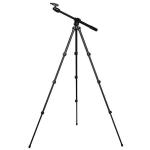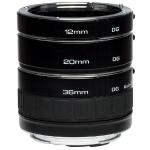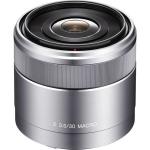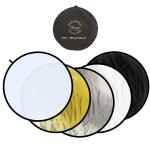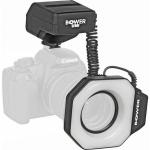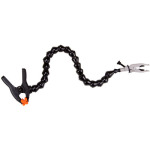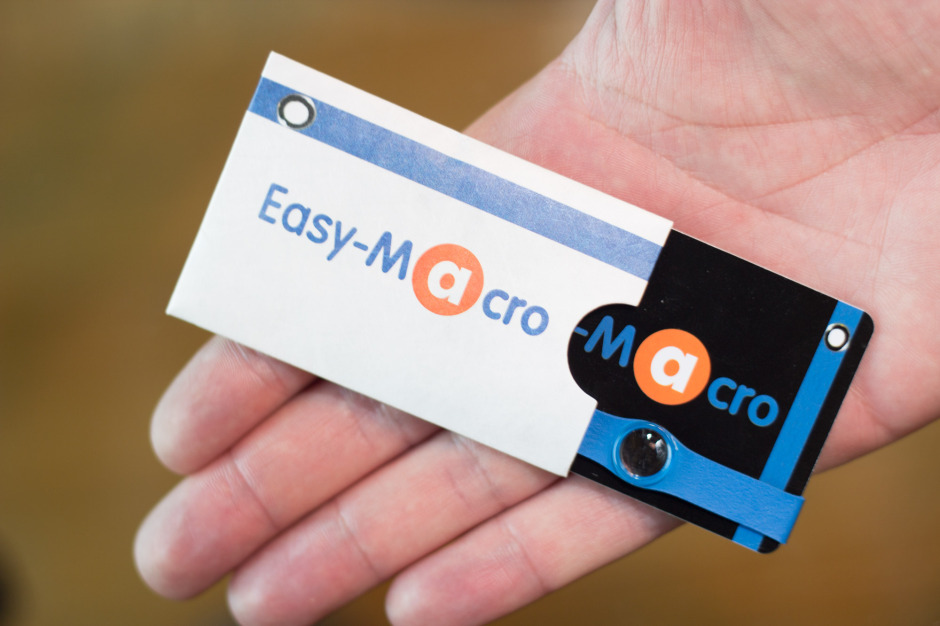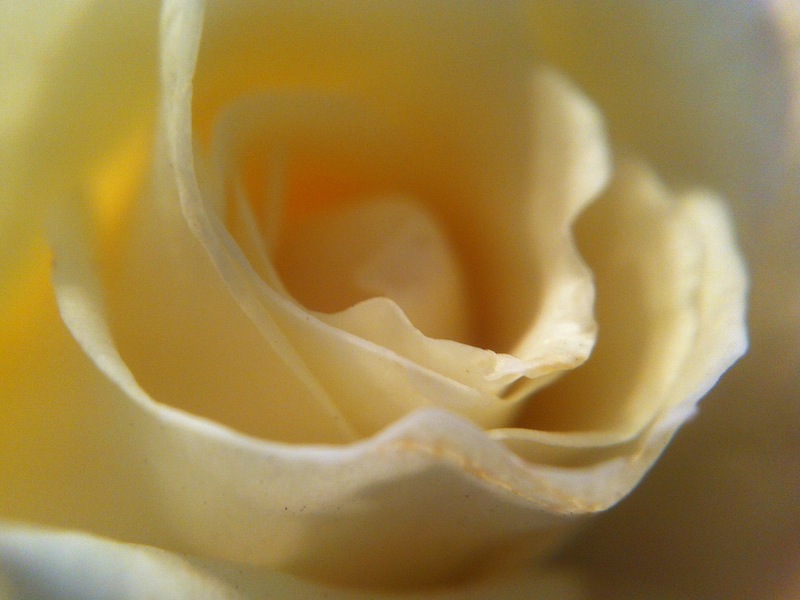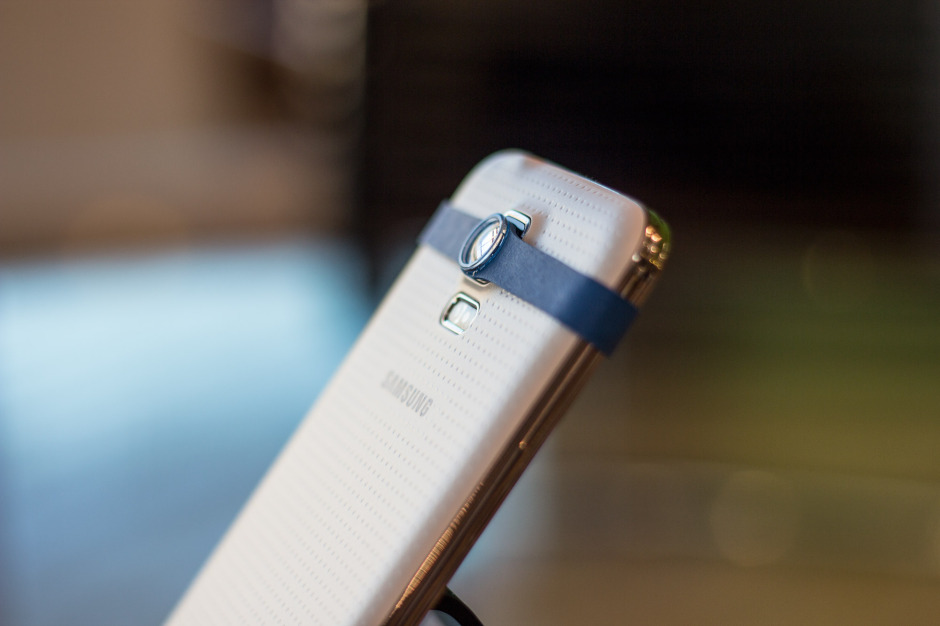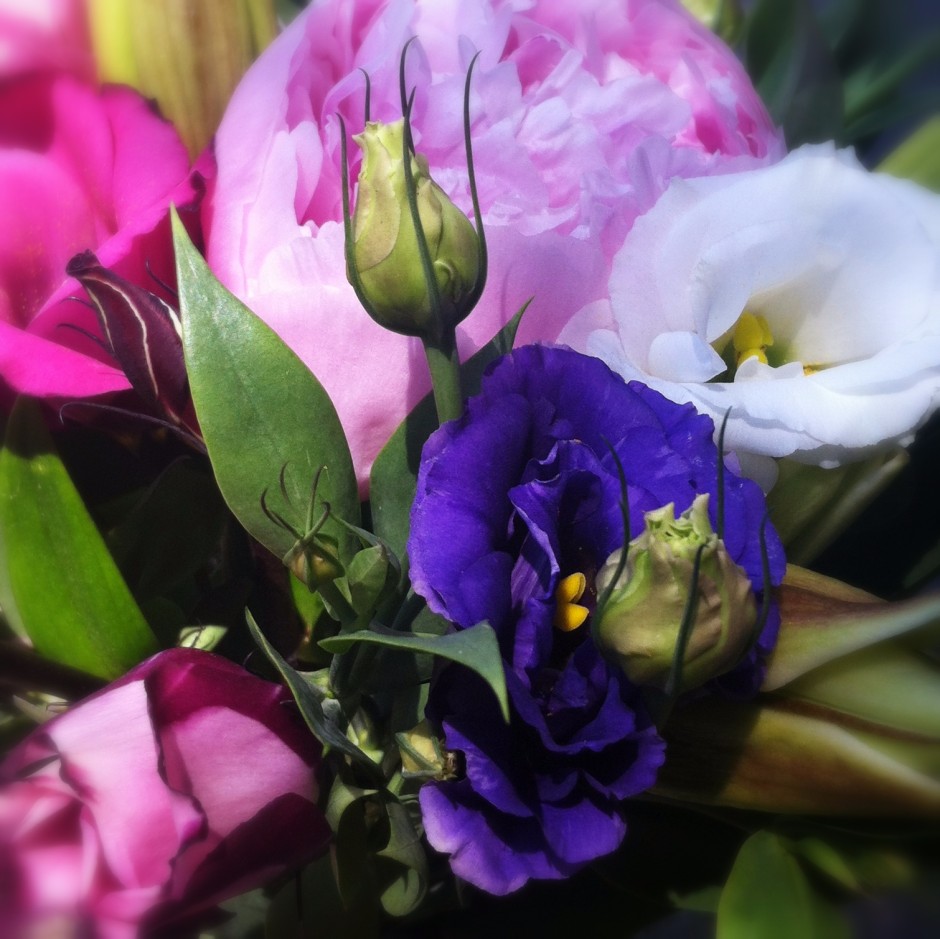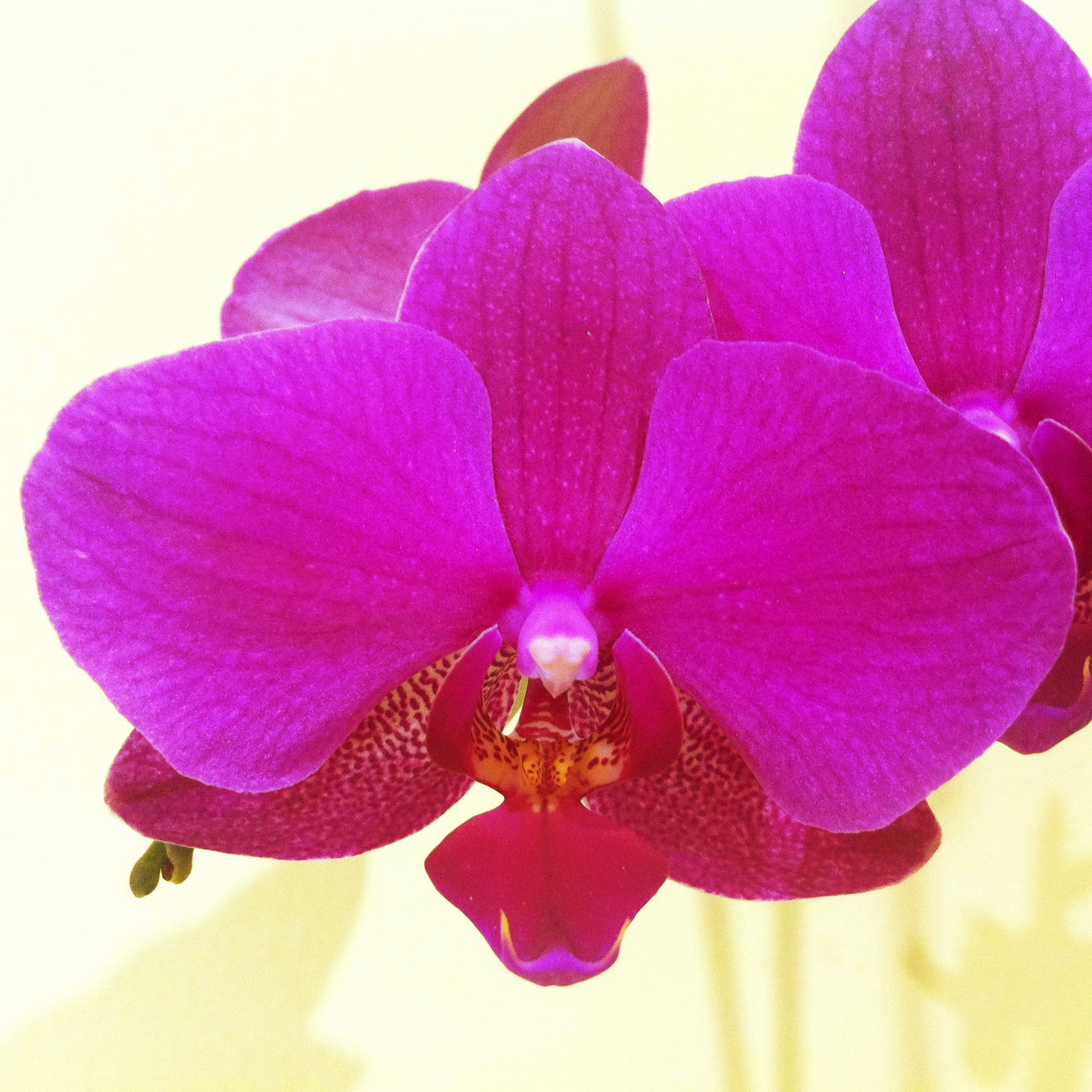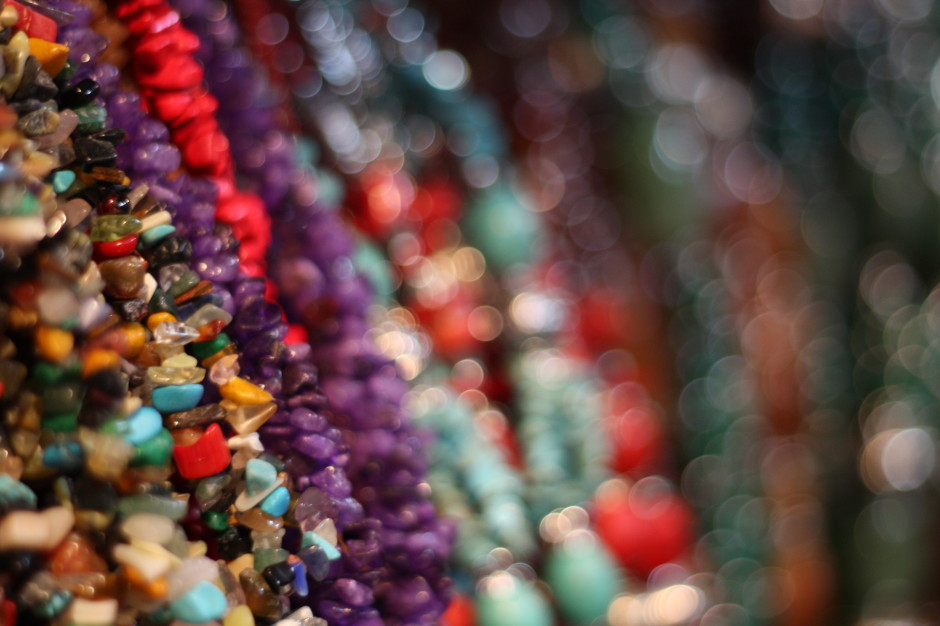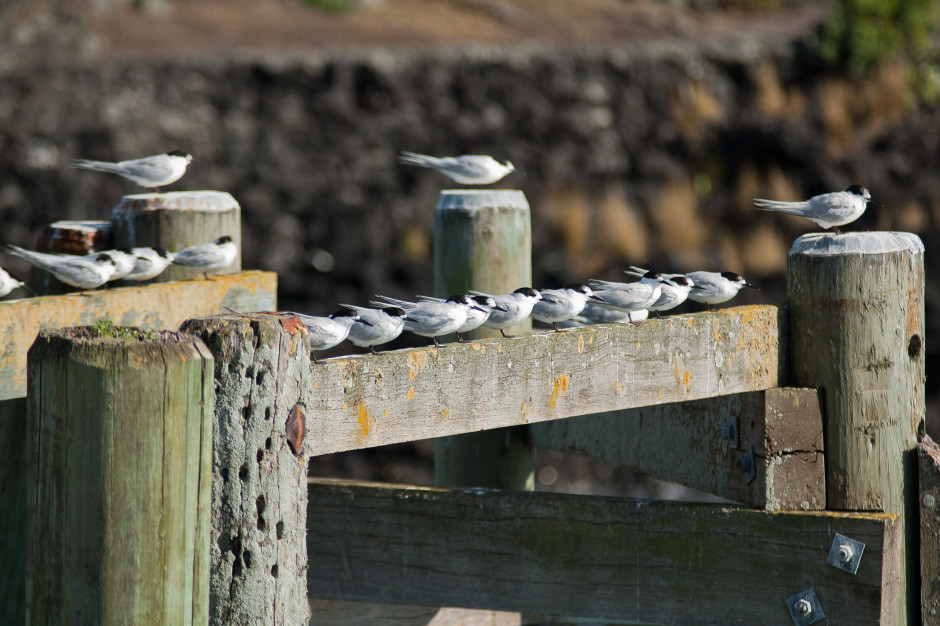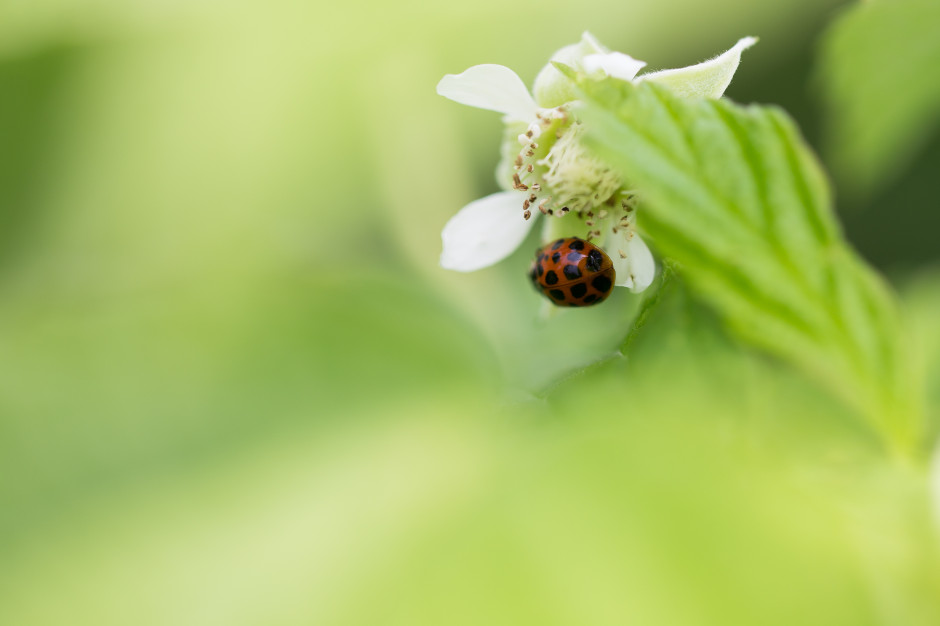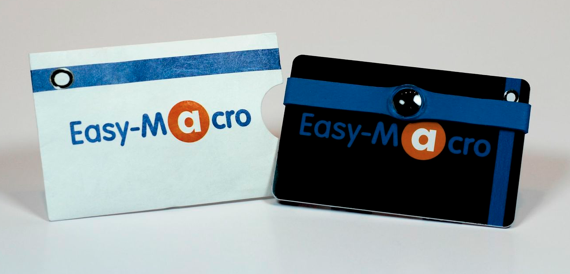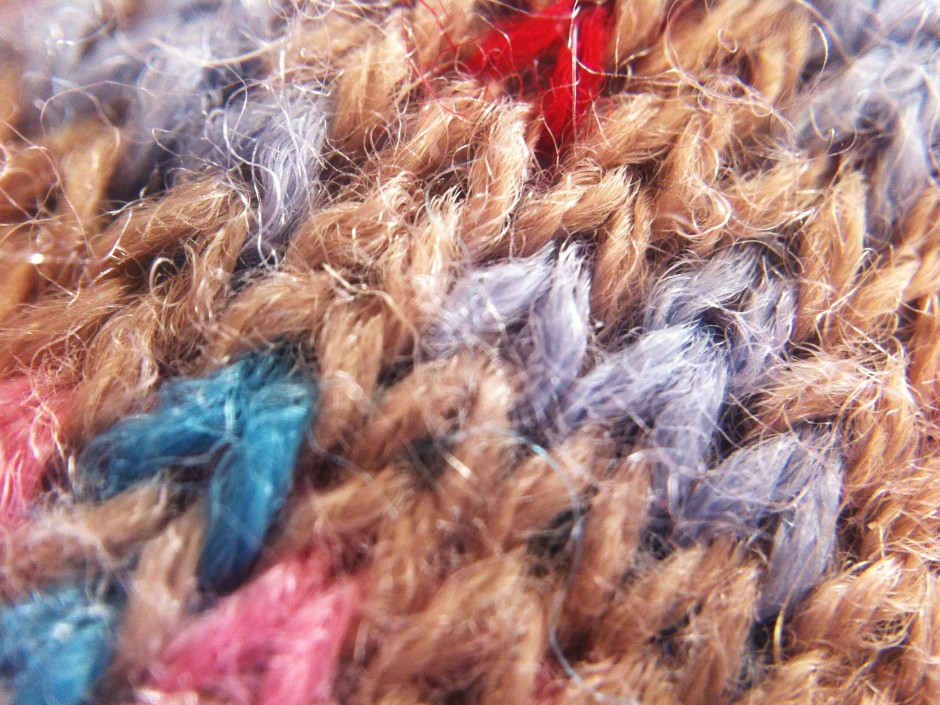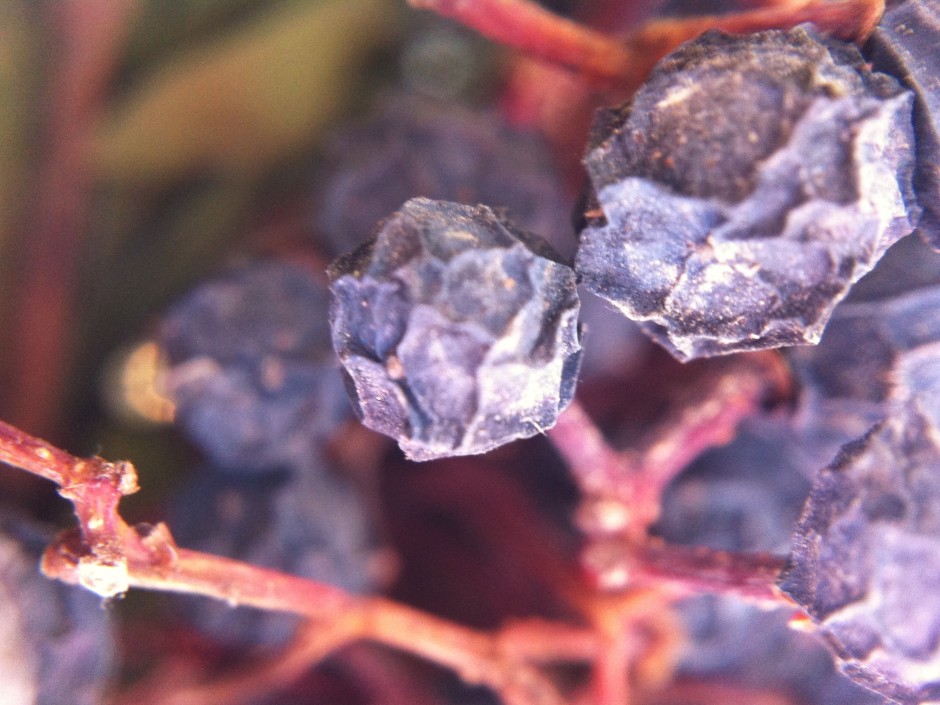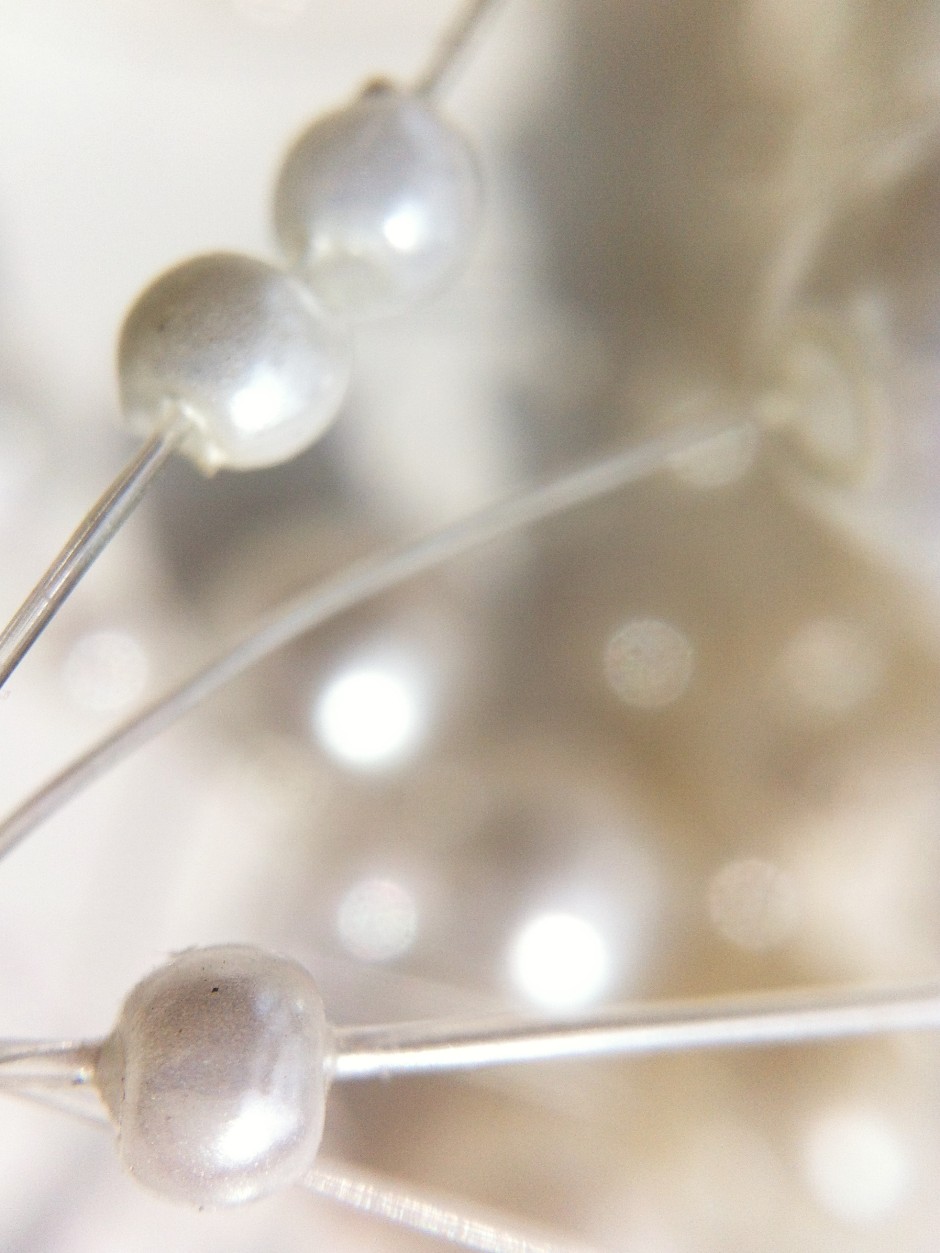 Day Two of the Photocritic Holiday Gift Guide takes us into the world of the the close-up, and macro photography. We've compiled a list of suggestions for people who might be starting out and want to give macro a try, or who've been at it a little while and might need some kit to help them along.
Day Two of the Photocritic Holiday Gift Guide takes us into the world of the the close-up, and macro photography. We've compiled a list of suggestions for people who might be starting out and want to give macro a try, or who've been at it a little while and might need some kit to help them along.
Tripod
You might be wondering why anyone who already has a tripod might need a macro-specific version. It's not at all compulsory; however, for those photographers who are serious about their macro work, some tripods are preferable compared to others.
Something like a Velbon VS-443 D allows for an inverted centre column that brings the camera close to the ground, for example. Take a look here in the US and here in the UK.
Extension tube
Instead of spending money on a dedicated macro lens, inserting an extension tube between camera and existing lens can have a similar effect. We understand that not everyone wants to have a go at making her or his own extension tube from a Pringles can, but thankfully commercially produced extension tubes are in abundance, manufactured by both the likes of Canon and Nikon as well as third parties.
You can pick them up in a variety of lengths and prices. Take a look.
Lens
For anyone who's particularly in love with macro photography, a dedicated macro lens will be high up on her or his wish-list. You can spend anything from a couple of hundred dollars to several thousand. Some are zoom; many are prime. They're produced by both camera and third-party manufacturers. They come both with and without image stabilisation.
I love my Canon 100mm ƒ/2.8L and wouldn't be without it, but if you've not quite that much spend, take a look at these options.
Reflector
All photography relies on light, but macro photography is especially light-hungry. To help manipulate and direct illumination precisely where it's needed, no macro photographer should be without a reflector. Reflectors come in a variety of sizes and colours, but we've picked out this 5-in-1 reflector that incluces gold, silver, white, and black surfaces as well as a diffuser to help evenly spread light across your subject, too.
In the US it's about $30; a similar reflector in the UK is about £30.
Ring flash
The shadowless light produced by ring flashes makes them ideal for macro photography. They're also relatively simple to use and start out with very reasonable prices, too, which makes them ideal for both beginners or as gifts.
Take a look at this Bower ring flash priced at $70 as a starting point.
Plamp
One never seems to have sufficient hands when it comes to macro photography. Or flowers have an inconvenient habit of swaying in the breeze creating nothing but blurry images. This is where a plamp comes in handy. Attach one end to your tripod (or anything sturdy and reasonably close) and use the other to secure a plant stem, angle a reflector, or hold a backdrop in place.
Try Wimberley direct in the US to find out where you can buy a plamp, or they're about £40 in the UK.
Book
Haje's excellent Macro Photography Workshop is now only available as an e-book. If you'd rather purchase one of the dead-tree variety, take a look at Digital Macro and Close-up Photography by Ross Hoddinott.
A gingerbread house kit
Tasty and great for macro photography!
Gifts for beginners < < Holiday Shopping with Photocritic > > Gifts for smartphone photographers






